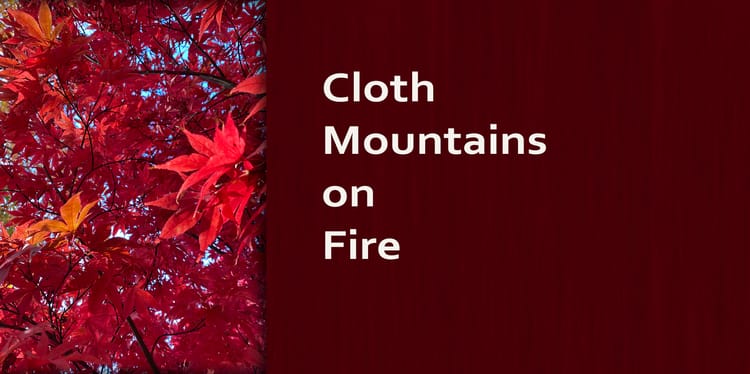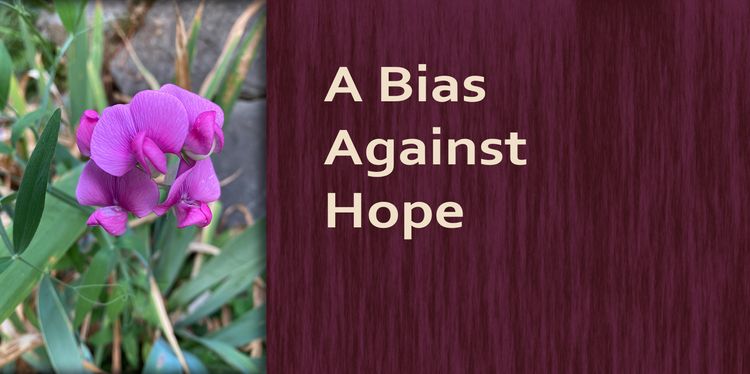On the Move

If you are wondering why I haven’t published my climate mystery yet, the main reason is that I have been on the move. Two moves in one year has been tough. Not only is it physically and financially draining, but it doesn’t leave the mental energy needed to take that step out into the world with a new book. There are many little tasks that just don’t get done, such as pinning down cover art, exploring business license requirements, setting up a marketing plan that might work. But this isn’t a post about me and my book. Instead, I am thinking about all the people who have already been (or will be soon) forced to leave their homes because of climate change.

When I think of how tired I have been from my changes in location, I find it hard to imagine how those who are pushed out of their homes from climate disaster can even manage it. Many dystopian stories of the future talk about refugees, but we have to face the fact that it is already happening. Ian Fry, the UN Special Rapporteur on the promotion and protection of human rights in the context of climate change, has said:
“of 59.1 million people internally displaced in 2021 across the world, most were displaced by climate-related disasters.”
And the numbers are increasing. In 2022, The Internal Displacement Monitoring Centre (IDMC) in Geneva has found that a record 71.1 million people worldwide were internally displaced within their countries due to conflict and climate catastrophe. And this is not even counting the ones who have fled across international borders. Whether the displacement is from fire, flood, drought, storm, or the civil unrest caused by climate stress, these experiences are waiting for writers to carve into their story plots.

Contemporary climate fiction can tackle this subject today. It’s a gripping story. Refugee journeys are often arduous and sometimes fatal. Refugees are robbed, attacked, and spurned, sometimes by the authorities. A recent video shows men working in coordination with Greek officials, robbing and then abandoning migrants, including an infant, in a powerless raft on the open sea. People trying to reach the U.S. because their crops have failed year after year from drought, are met with hunger, extortion by smugglers, robbery and rape, only to be turned away when they reach our borders. My recent moves were stressful for me, but it cannot compare to the toll of climate disaster when people are forced to abandon the lives they have always known because of the stress we have all put on the planet.

The island nations of the Pacific are one of the regions of the world most at risk from sea level rise. Recently Vanuatu and Tuvalu have organized these countries to spearhead a campaign to promote the Fossil Fuel Non-Proliferation Treaty which focuses on “accelerating an equitable shift away from fossil fuels to affordable, abundant clean energy for all.” They have also pushed to get the United Nations to request an opinion from the International Court of Justice on the legal obligations of nations, within international law, when it comes to climate change. Knowing that people love legal fiction, these stories could be captured in a book that explores treaty intrigues or cases that might be based on the ruling of the International Court.

For writers, there are numerous ways to incorporate current events like these into climate fiction—stories that inspire individuals to take action. These books cannot only inform but can become heart-tugging stories of loss, challenge and eventual triumph. We can hope for writers to write these tales, but in the meantime, there are ways readers can take action, today. For instance, even individuals can endorse the fossil fuel treaty by clicking a link on the home page or encourage their local government to do the same.

Everyone needs to realize that their actions to reduce emissions will have benefits to others right now, not just in the future. Just imagine, losing everything, walking endlessly, searching for a safe place to survive. This is not just some future dystopian plot point, and writers can bring the story alive for readers in places that have not yet been touched by climate catastrophe.





Member discussion